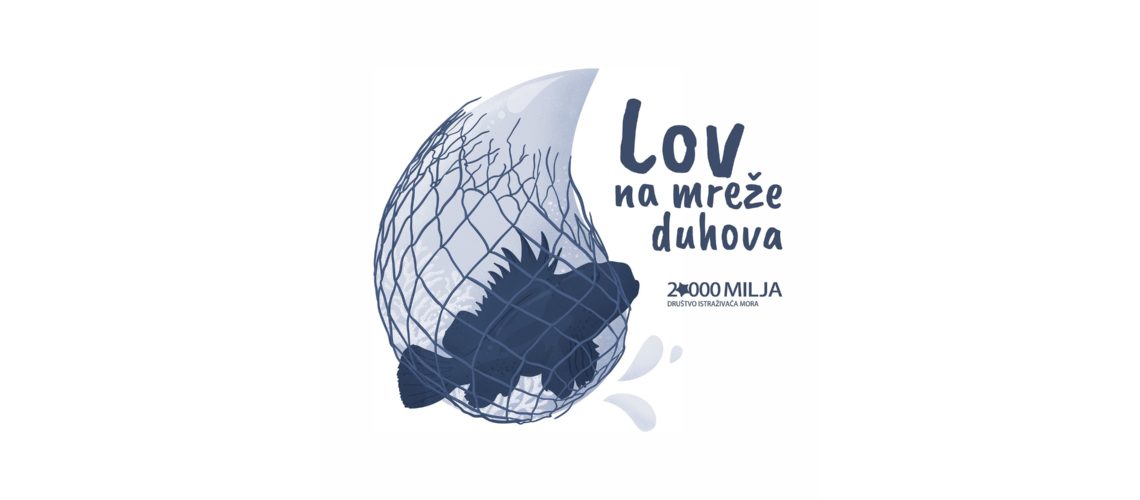
Attractive fishing positions are located near the valuable coralligenous habitat and entail a higher frequency of loss of fishing gear. The negative impact of lost fishing gear is known: entanglement and destruction of marine organisms, covering, congestion and tearing of demersal organisms, destruction of habitats, entanglement of divers. In the area of project implementation, i.e. the north of the Zadar aquatorial, there are several areas of exceptional biological importance that are part of the Natura 2000 ecological network (HR3000054 Premuda – outside; HR3000060 Sea around the island of Škard; HR3000061 Shoals around Maslinjak, Vodenjak, Kamenjak; , HR3000053 Silba – submarine; HR3000052 Olib – submarine; HR3000063 Passage between Zapuntel and Ist).
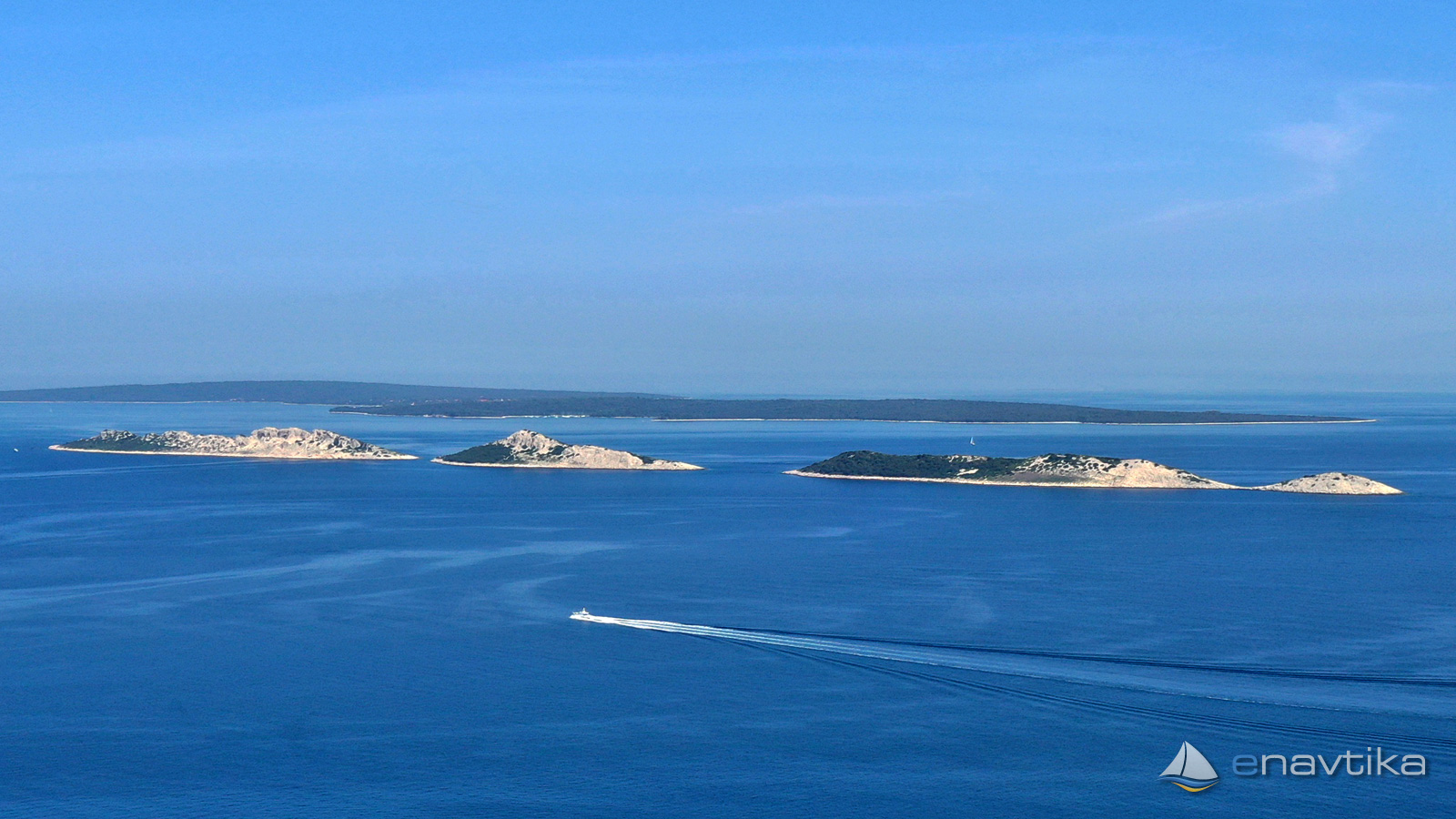
The time required to correctly detect the position and location of a lost fishing gear is demanding, and the organization of dives to eliminate such threats is complex. Meetings with fishermen gave us insight into the necessary information for cleaning actions and assessment of the condition (locations and frequency of loss of fishing gear, type of fishing gear, success of extraction, suggestions and problems of fishermen related to this issue). Some of the fishermen joined us in the field part of detection, locating and extraction.
During field trips, we conducted an inspection of fishing areas and mapped locations obtained by fishermen for future retrieval of lost fishing gear. We surveyed the locations using a small underwater vehicle (Societies ROV called Spiro) and a divers . Due to the complexity of the extraction at each of the cleared locations, we had several preparatory dives. The underwater cleaning actions themselves were carried out by the most experienced divers from the ranks of the Society in suitable locations with minimal safety risk for divers.
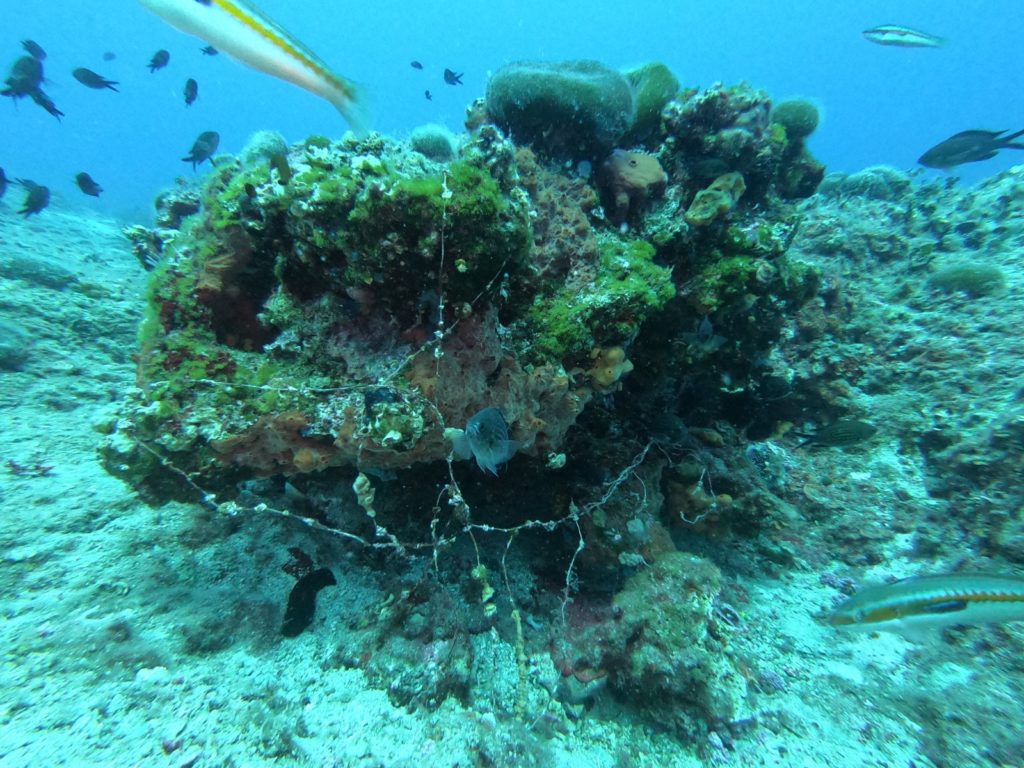
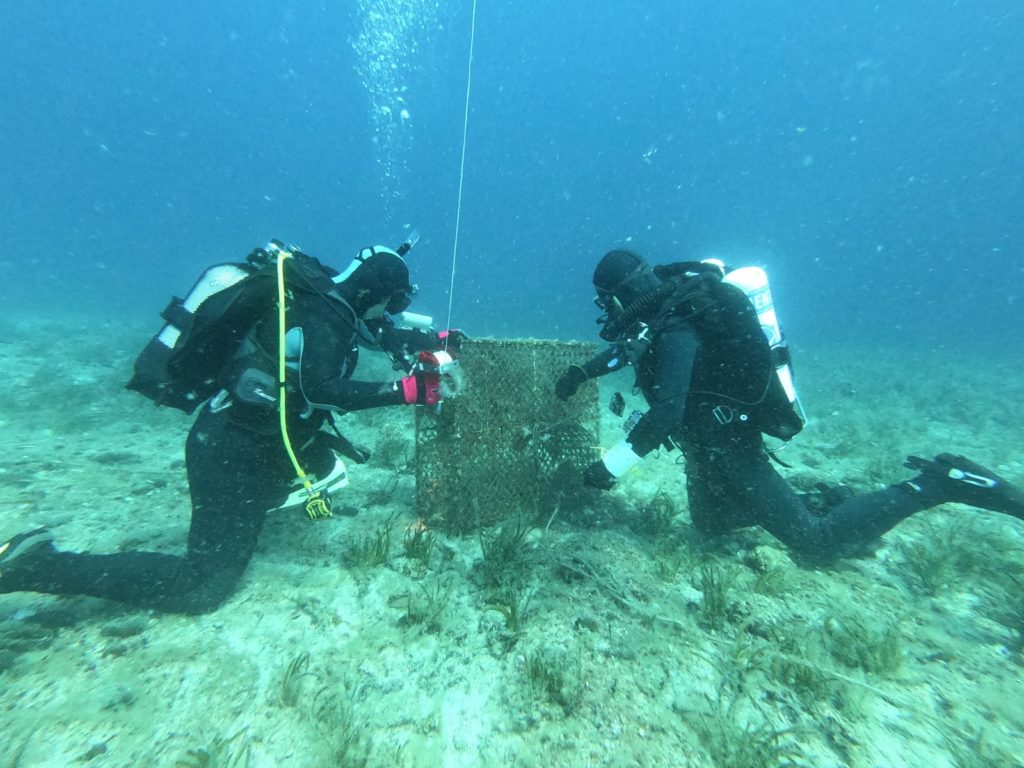
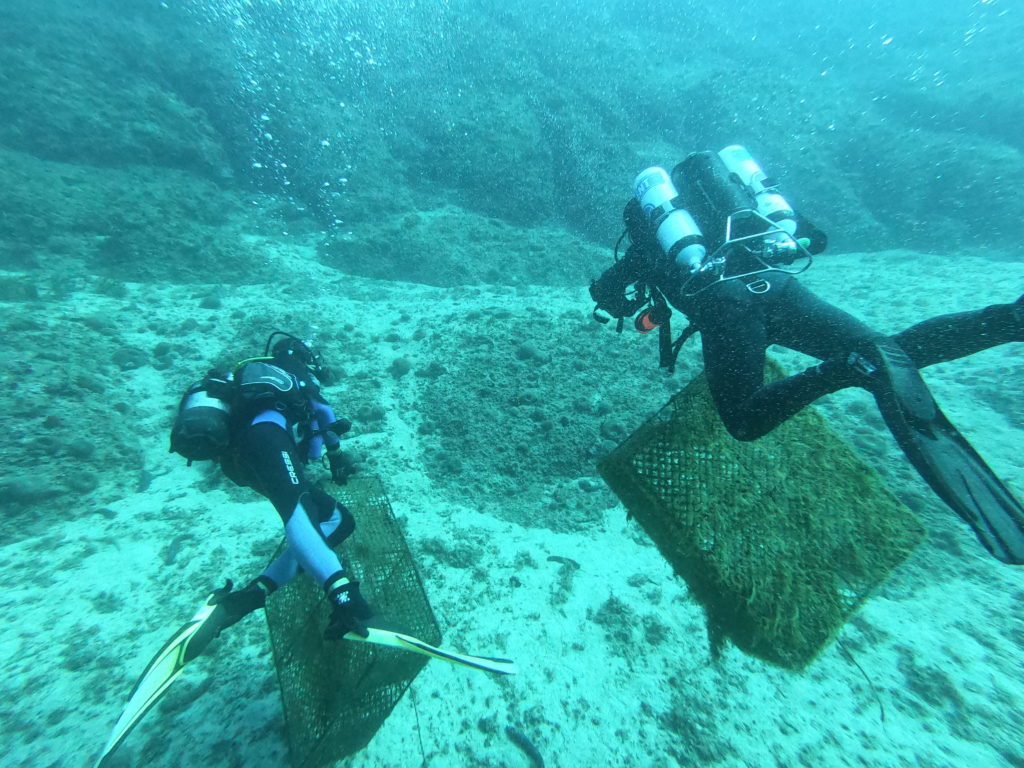
During the field work, we documented the state of the seabed. We reviewed all the extracted material and documented which marine organisms were “caught” by discarded or lost fishing gear. Our area of work was the submarine archipelago of the North Zadar islands, and the specific cleaning actions during which we mostly removed discarded nets, fish traps and longlines are:
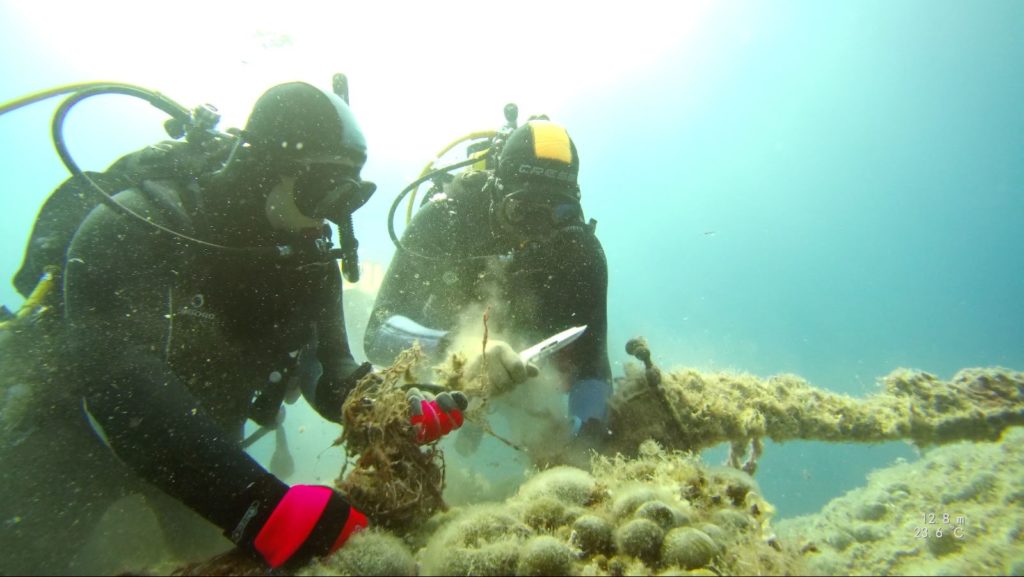
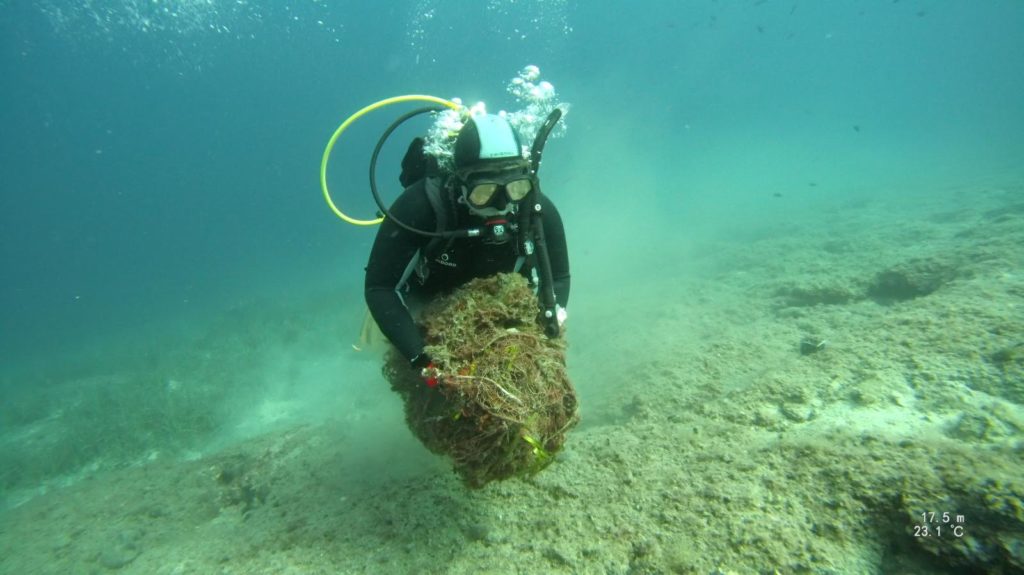
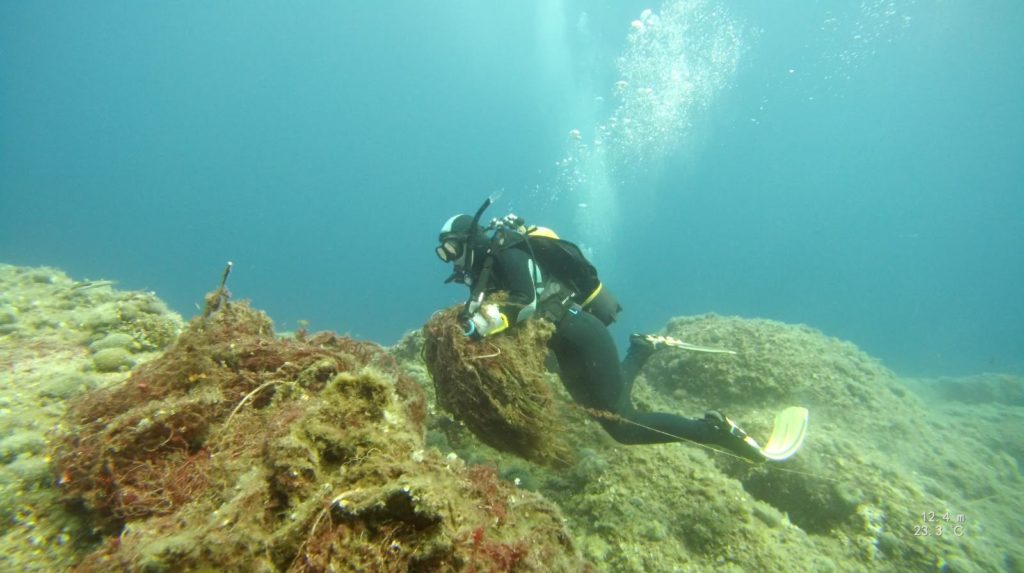
The actions were done in dives on several occasions through the late summer and fall months. One of the nicer things about diving at this time of year is the large number of fish that surround the diver, especially the young greater amberjack, the felun, which are extremely active at this time of year. Precisely because of such scenes under the sea, it is even clearer to us why there is a need for such actions and that everything pays off for the benefit of the multitude of sea creatures that surround us in that quiet blue part of paradise we call the Adriatic.
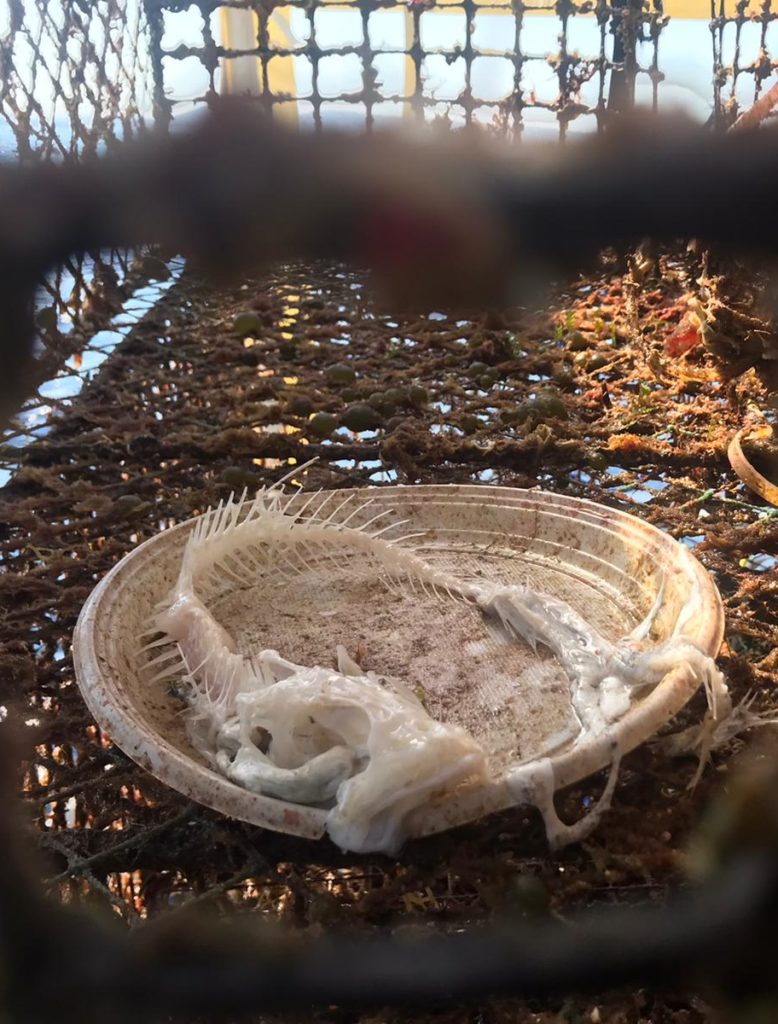
Removing fishing gear from the seabed that has been there for a long time is extremely difficult – physically and mentally – because it is necessary to assess the situation well and decide when removing fishing gear brings more benefits than harm. The extraction itself can also lead to habitat damage, so it should be carried out with maximum consideration for marine organisms.
Fortunately, we have not encountered larger organisms such as bony and cartilaginous fish, sea turtles or marine mammals in the gear, however damage is present on numerous invertebrates, seagrass and algae. Numerous sessile invertebrates have accepted discarded fishing gear as their new home, but it has also been seen that certain plastic parts of the gear have served as a “food source” for some organisms with visible traces of bites.
We have combined everything studied, lived and learned in a short document on discarded fishing gear in general and in the Adriatic Sea, and we have shared with all of you all our experiences from the field through an online exhibition.
the online exhibition lasted for five days during which we shared several photos divided into five thematic units each day. Trough the exhibition, we presented how such complex actions are actually done on the first day, which tools we found on the second day and what these tools “captured” and damaged on the third day and in which habitats on the fourth day. On the last, fifth day of the exhibition, we shared with you a diverse team behind the bubbles, which we thank once again.
The project carried out concrete activities and measures aimed at preserving and improving the status of marine habitats in the underwater north of the Zadar archipelago. It is with great pleasure that we can say that we are glad that this project continues in 2021 through the project ” The fishing continues -” fishing “for ghost nets # 2” in which we will participate as partners to the association Aurelia.
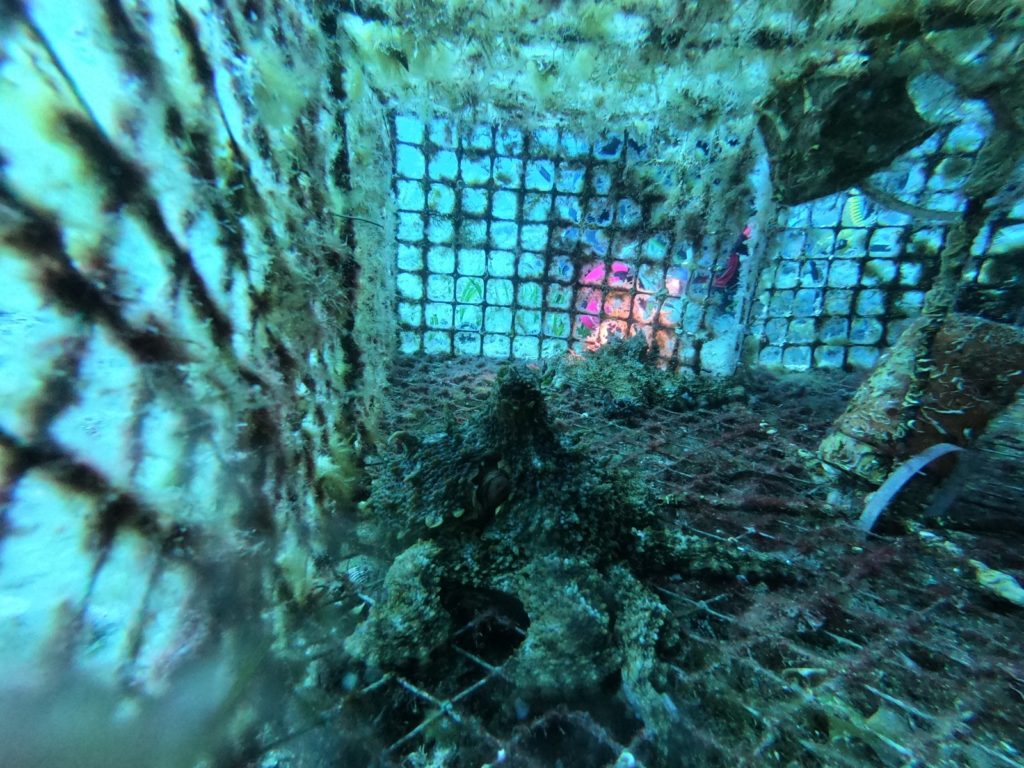
Estimates based on scientific research estimate that fishing gear accounts for 27% of total alluvial waste, but the amount of lost fishing gear left in the sea is difficult to estimate. Nevertheless, the negative impact of lost fishing gear is known: further entanglement and destruction of marine organisms, seabed cover and congestion, tearing and destruction of sessile organisms, habitat destruction, risk of diver entanglement,… It is estimated at EU level that almost 20% of fishing gear is lost at sea.
As part of the field activities, Project Manaia members and volunteers collected video material and interviewed our members for the purpose of making educational videos – check out one of them!
Great help and support in the implementation of the project was provided by the formal partners in the project Association Aurelia and Association BIUS, as well as new associates who joined us in the cleaning actions, the Austrian association with its volunteers Project Manaia.

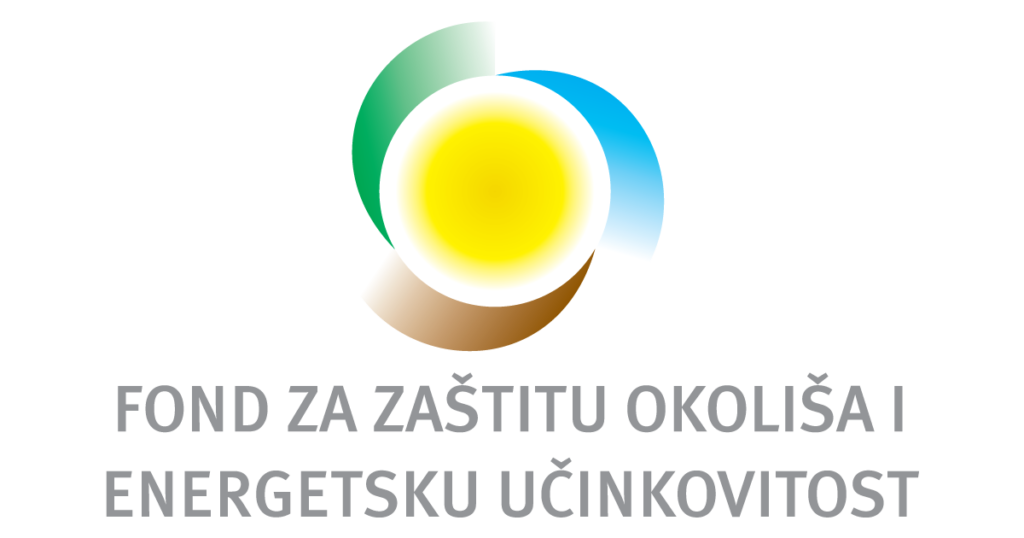
This project is part of the Society’s 20000 leagues initiative “TOGETHER AGAINST MARINE LITTER”.
The project “Together against amrine litter – “Fishing” for ghost nets” was implemented with the financial support of the Fund for Environmental Protection and Energy Efficiency.
Let’s protect the environment together – co-financed by the Environmental Protection and Energy Efficiency Fund.
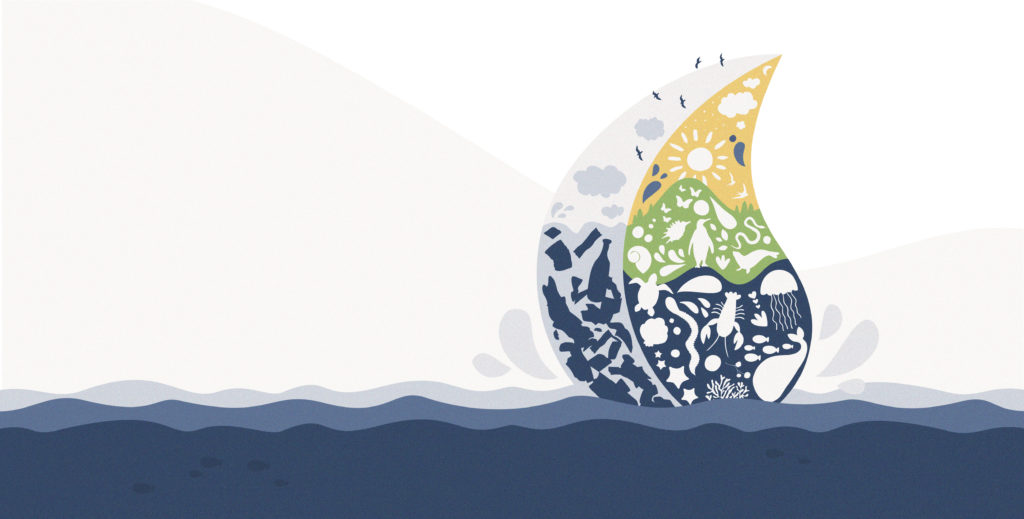
Project leader: mag. oecol. et prot. nat. Barbara Čolić
Project code: 2020/002501
Project duration : 1/7/20 – 15/3/21
Funds: 75.000,00 HRK
Source of funding: Environmental Protection and Energy Efficiency Fund (80%)
The content of this program is the sole responsibility of the Society 20,000 leagues and under no circumstances can it be considered as a reflection of the position of the Environmental Protection and Energy Efficiency Fund
2025 © Marine Explorers Society 20.000 leagues. ALL Rights Reserved.
